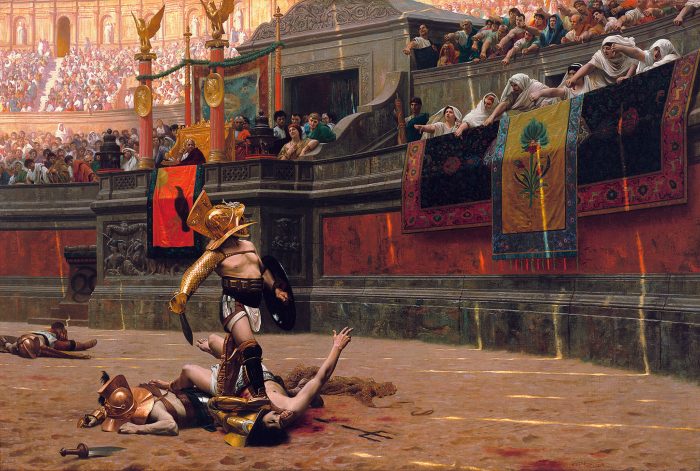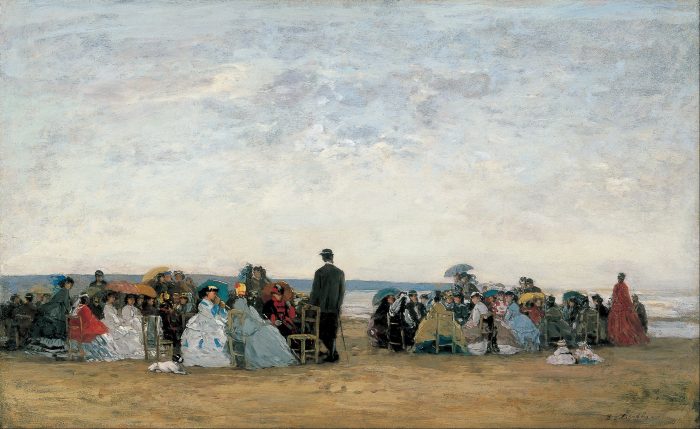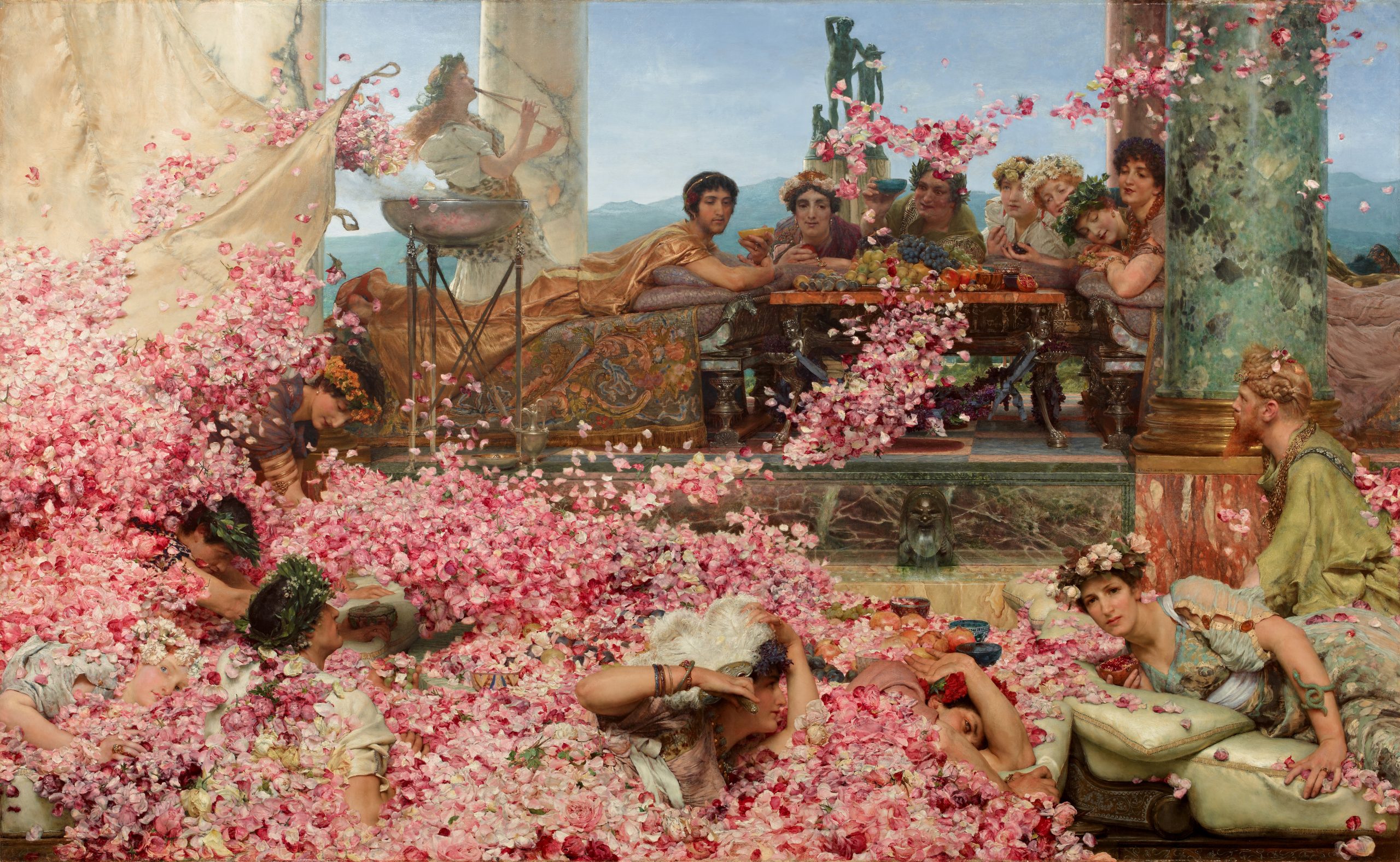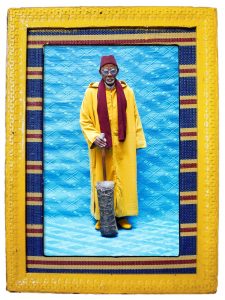Pollice Verso by Jean-Leon Gérôme
Jean-Léon Gérôme (1824 – 1904) was a French painter and sculptor in the style now known as academicism. The range of his oeuvre included historical painting, Greek mythology, Orientalism, portraits, and other subjects, bringing the academic painting tradition to an artistic climax.
A special theme within Gérôme’s oeuvre of history pieces are the arena scenes he made between 1859 and 1883. They can be counted among his most popular and spectacular paintings and were reproduced and distributed on a large scale. These reproductions were used in various ways – for example for book illustrations or magic lanterns – and the images Gérôme created of ancient Rome have contributed to our perception of life in classical antiquity.
One of Gérôme’s most famous arena scenes is Pollice Verso (1872). We see a gladiator in the Coliseum, his foot on his opponent’s chest. The face of the winning man is not visible through the helmet he is wearing, but his head is pointing upwards towards the audience. The gladiator on the ground raises his arm, begging the audience for mercy. But the people in the spectators keep their thumbs down – pollice verso in Latin – as a sign that they don’t want to spare him. Along with gladiators, Vestals, and spectators, the picture shows the emperor in his box. Like many historical or ethnographic paintings of the era, Pollice Verso piqued the prurient interest and indulged the voyeurism of viewers while allowing them to feel a sense of moral superiority over another (previous, non-Christian) culture.
At first glance, Pollice Verso seems organized around a single, powerful moment, in line with the conventions of the French tradition of history painting. For this art it was considered important that the painting conveyed (pictorial) unity and that the representation should be recognizable at a glance. However, Gérôme played with this and did not followed the conventions too strict. For example, the visual field of the representation extends beyond the boundaries of the painting. Figures are cut off and positioned off center, which gives the suggestion that the narrative continues beyond the painting’s frame. When we take a closer look at the spectators, it is noticeable that they are not all focused on that one action moment and we may wonder what else to see. There seem to be different, ephemeral stories taking place within this scene, which makes it difficult to focus. This is reinforced by the panoramic format (96.5 × 149.2 cm) of the painting, which makes our eyes keep looking from left to right. In this way the whole scene unfolds as a sequence of moments, so that the painting is no longer static, but a suggestion of movement is made.

Jean-Leon Gérôme, Pollice Verso, 1872. Oil on canvas, 96.5 × 149.2 cm. Phoenix Art Museum, Phoenix, Arizona



